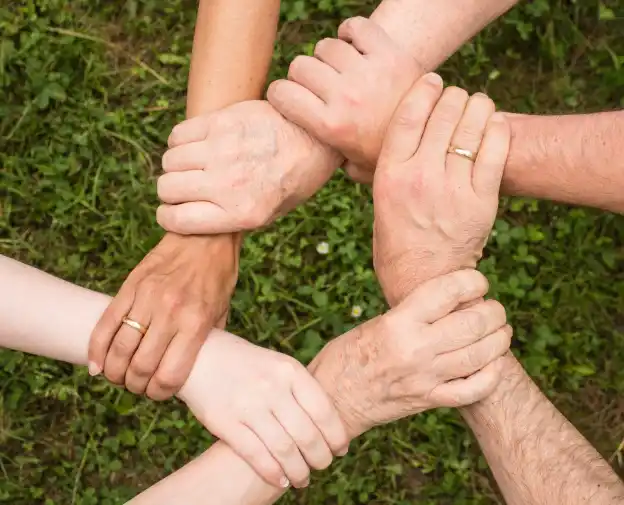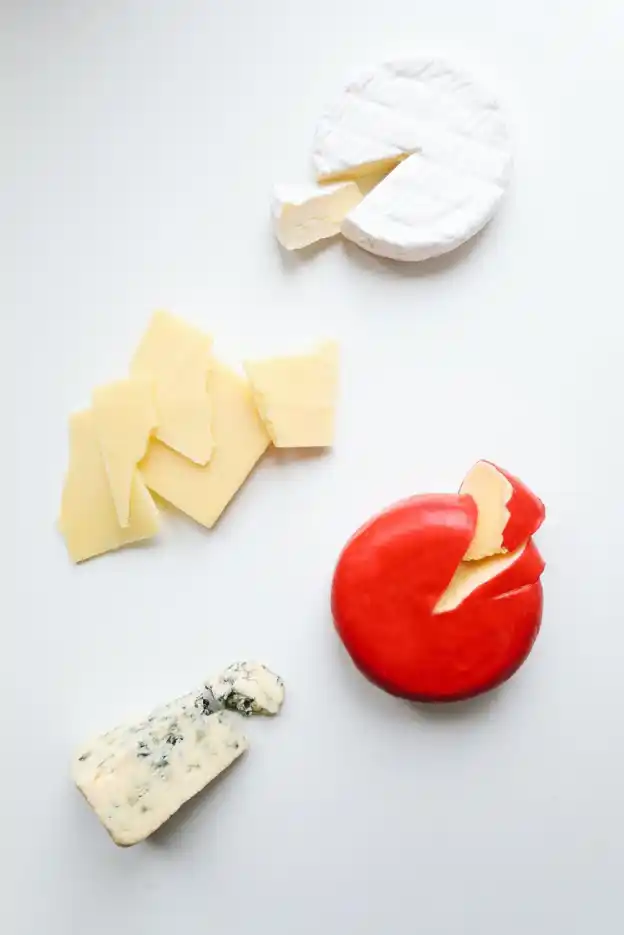2/25/2022
I forget that quitting your career as a medical doctor to homeschool your children intrigues some people. “Why would you go through all that work and then quit?” It was mentioned to me a couple of times this last week, so I thought I might write a little more about this today and in the weeks to come. There was a lot of processing to do to swallow my pride and follow the path I knew I needed to take.
Deciding to stop practicing medicine was a hard, humbling decision, but the decision was already made for me by the fabric of who I am and what drives me.
There is nothing on this Earth more important to me than the integrity and well-being of my family. Every decision I make revolves around the stability, wholeness, and health of our unit.
I don’t care what the world says. Children are given to parents to foster, encourage, instruct, care for, nurture, feed, provide for, learn about, and develop a relationship with. A secure family is truly an amazing, comforting flat stone which your foot rests firmly on when you’re stuck in the mud of the world and can’t see your feet beneath the sludge. You stand on that stone strong and know that you can’t sink because it’s there, holding you steady till you can get out.
I Can Do It
I believe that somewhere says to every mother, “You are the best woman in the world to care for these kids. Can you do it?”
When I was asked, I stepped up boldly, and I said, “I CAN. I will do it. I will take my job seriously. I won’t let anyone down. My life depends on it.”
My life depends on it??!? Yeah. Frankly, I can see into the future. Well, not like that. But I am pretty sure that I’m going to be a pretty worried and frazzled mom for the rest of my life if my kids get into drugs, alcohol, choose a crummy husband, can’t hold a job, suffer from mental illness, can’t handle their finances responsibly, or can’t figure out how to parent their own children positively and responsibly. I want to be a dump and run grandma, not a raising grandma.
When I was in high school, my mom once remarked to me, “One of the most important things you can do is keep your kids off drugs and alcohol.” I observed, after she pointed this out to me, that many of my friends got involved in drugs and alcohol in high school, so I decided the time up to this time and this time itself, must be very, very formative, difficult times for children. (Duh?!) I challenged myself that when I had kids, I would work very hard to help them have the tools that my mom and dad gave to me which steered me away from drugs and alcohol.
From my mom, I learned how to be an emotionally connected and involved mom. From my mom, I also learned that a mom can show enough interest and give enough help in her children’s schooling that they can become lifelong learners and great students. My mom, from a poverty-stricken household of seven kids, only completed high school, but she could do basic math, spelling, and grammar, and she helped me do those things as long as she could, till my academic knowledge surpassed hers.
My mom was the best woman to raise me, and she took that seriously. Now, it’s my turn. And one day, it will, perhaps, be my children’s turn to answer the question, “You are the best woman for this job. Can you do it?”
What’s Inside Your Box?
Good mothering sets my kids up for peace, joy, and happiness. FROM THE INSIDE OUT. NOT THE OUTSIDE IN. There are many, many, many, many, many “boxes” (households/families) in the United States which put up the appearance of happiness. Inside, though, is a pain and hurt that I can’t imagine. I know it. I hear it first-hand. I’ve seen it. Severe verbal abuse and belittlement. Manipulation. Physical abuse. Molestation. Depression. Alcoholism. Drug parties. Denial. Hidden anxiety. Anger. Rage.
Well, I’m growing long. I quit my career because I know myself well. I had to invest in my family. Even if it meant giving up money, prestige, power, reputation, helping others, and years of hard work. In order for my family to have what I wanted it to have, this is what I needed to do. I want true happiness for people. An inner happiness that can’t be stolen. I want it for me, and so I took it.
My “box” (my home and family) is genuinely happy. Sometimes I hesitate to say it. Like I have something I don’t deserve. Or I have something I shouldn’t tell others about. Or if I say it, it will all crumble away, and I’ll be made a fool. Or people will think I don’t have bumps in the road. Or I’ll be labeled a white woman born into it.
But, yet, if I don’t say it, perhaps it won’t be known that it is possible to have true peace, joy, and fulfillment within families. Perhaps people won’t realize that each decision they make is impactful, that if they didn’t just go around doing it the way it’s done or hiding from the hurt or choosing things which distract from the integrity of their families, that they could have that true peace and calm they are searching for in their families.
Well, anyway. Have a great Friday and weekend. Remember, the world happens, but nobody can steal our inner peace unless we give it away. So if you’re angry or unhappy, you’re giving your peace away.
Terri F.
**Note: The only thing in front of my family is my Faith. I would be wrong if I didn’t mention this because that is how I know to go after the Peace that can’t be stolen.



